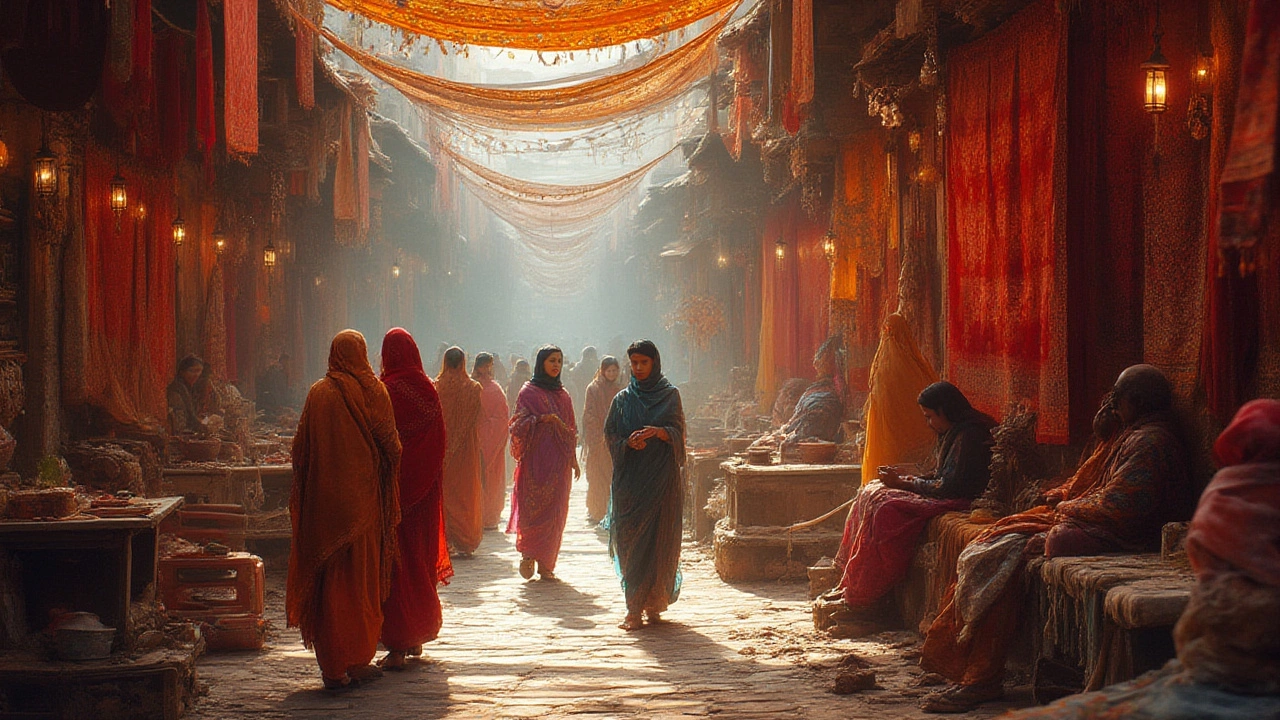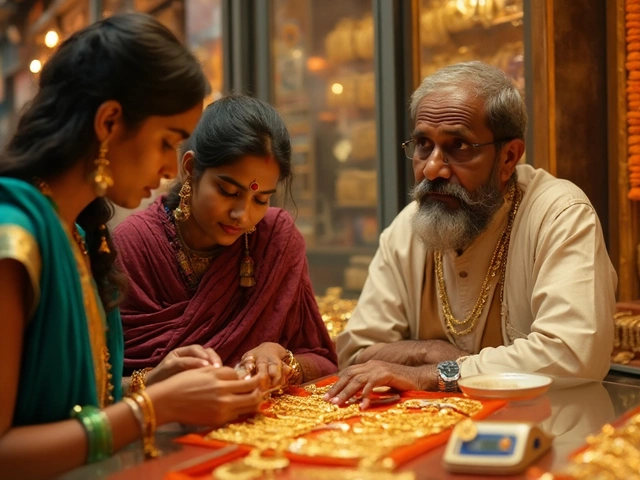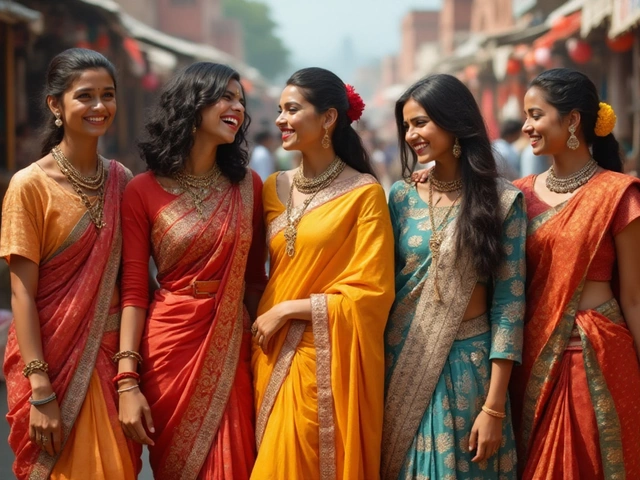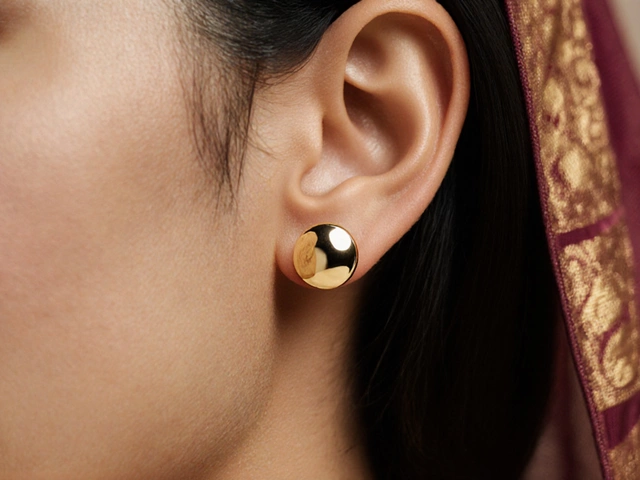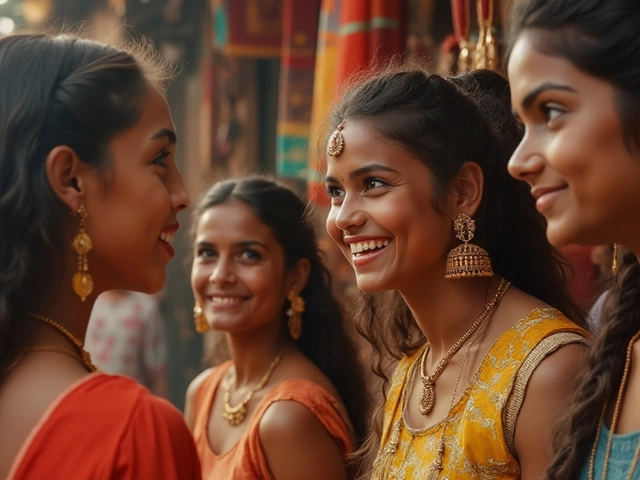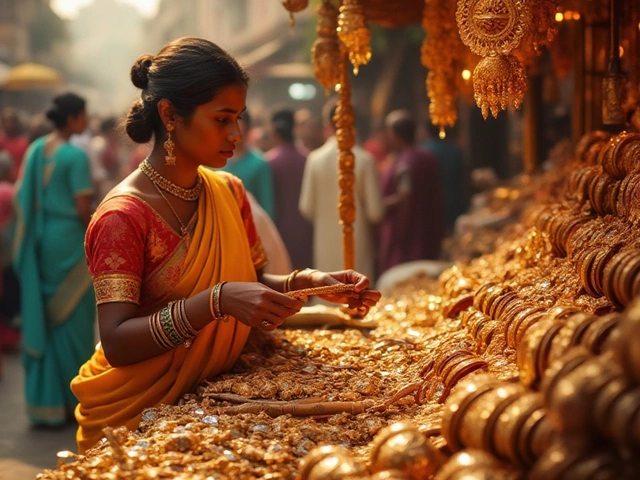Expensive Fabrics in India – What Makes Them Worth the Price
If you love the feel of real silk or the sparkle of brocade, you’ve probably wondered why these fabrics cost so much. The answer isn’t just the material; it’s the heritage, the handwork, and the rare fibers that go into each yard. In this guide we’ll break down the top luxury fabrics, tell you where to buy them, and share simple care tips so your investment lasts.
Top Luxury Fabrics in India
Mulberry Silk is the gold standard. Grown in carefully controlled mulberry gardens, the silkworms spin fibers that are smooth, strong, and shine like nothing else. A plain silk sari can start at ₹10,000 and go well beyond ₹50,000 for hand‑woven varieties from Varanasi.
Banarasi Brocade mixes silk with gold or silver threads. Each design is woven on a loom by an artisan who may spend weeks on a single piece. Expect prices from ₹30,000 for a simple border to over ₹2 lakh for a fully embroidered wedding drape.
Cashmere isn’t native to India, but the country imports the finest raw fibers and crafts them into scarves, shawls, and suits. Pure cashmere from Kashmir can cost ₹5,000 for a lightweight scarf and ₹25,000 for a full‑length wrap.Kashmiri Pashmina is a type of cashmere that’s brushed to a super‑soft finish. Artisan‑woven pashmina shawls often feature intricate paisley motifs. A genuine hand‑woven piece starts at ₹12,000 and can climb past ₹80,000 for rare colors.
Khadi Handloom may surprise you on the price list. When woven from organic cotton, silk, or wool by certified handloom weavers, Khadi can fetch high marks for its sustainability and craftsmanship. A hand‑loomed Khadi dupatta can cost ₹8,000 to ₹18,000.
How to Choose and Care for High‑End Textiles
First, check the label. Authentic luxury fabrics will mention the fiber content, origin, and often a hallmark or certification. If a silk sari claims “pure Mulberry silk” but has a synthetic feel, it’s probably a blend.
Second, look at the weave. Hand‑woven fabrics have irregularities – tiny bumps or slight variations in pattern – that machine‑made pieces lack. Those imperfections are a sign of real craftsmanship.
When buying, visit trusted markets. In Varanasi, the Banaras Silk House offers verified silk and brocade. In Kashmir, head to the local cooperative stores that work directly with weavers. Buying from reputable sellers reduces the risk of fake products.
Care is simple but important. Store silk and cashmere in breathable cotton bags, not plastic, to avoid moisture build‑up. A gentle hand wash with lukewarm water and mild detergent works for most silk garments; for cashmere, use a wool‑specific shampoo and lay flat to dry.
Finally, think about the occasion. A lavish silk saree makes a striking wedding look, while a cashmere shawl can elevate everyday office wear. Matching the fabric’s weight and shine to the event ensures you get the most out of your purchase.By understanding what makes these fabrics pricey and learning where to source authentic pieces, you can confidently add a touch of Indian luxury to your wardrobe. Whether you’re hunting for a wedding masterpiece or a timeless everyday piece, the right fabric will feel like an investment you’ll cherish for years.
Most Expensive Fabrics in India: Silk, Pashmina & More
Curious which fabric costs a fortune in India? This guide reveals why silk, Pashmina, and rare handlooms are worth every rupee. Discover traditions, facts, and tips before you buy.
